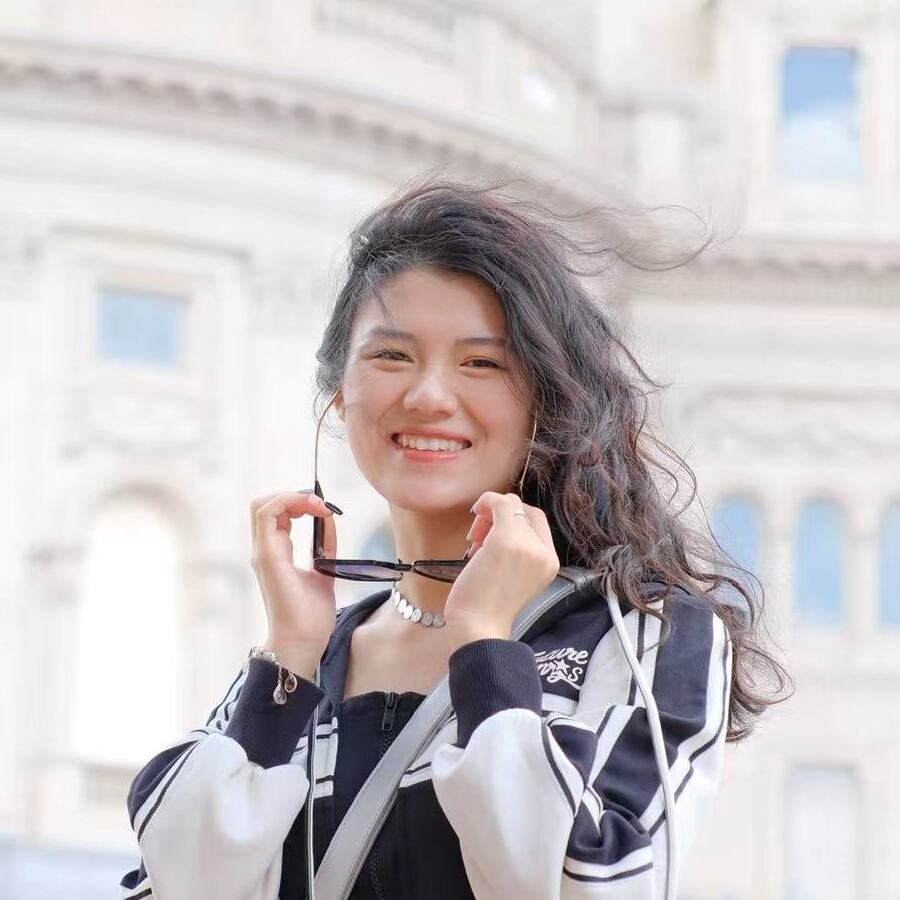Jinrou Li
PhD Student at the Rockefeller University

Boston, MA, 2024
I am a Ph.D. student at the Rockefeller University in the de Lange Lab, where I am advised by Prof. Titia de Lange. I earned my Bachelor of Science in Life Sciences from Peking University, where I conducted research in Prof. Yan Song’s lab. During my undergraduate studies, I also worked as a visiting researcher in Prof. Amy Lee’s lab at Dana-Farber Cancer Institute, Harvard Medical School.
My current work centers on understanding the fundamental molecular processes that govern telomere function. I am particularly interested in telomere maintenance mechanisms and telomere length regulation.
News
| Jul 21, 2025 | After three rotations, I joined de Lange lab for my thesis. I will be a telomere biologist! |
|---|---|
| Sep 03, 2024 | I started as a PhD student at the Rockefeller University, Hi New York 🗽 |
| Jul 01, 2024 | I graduated from PKU and got my Bachelor’s degree! Excited to see the next step ✨ |
| Jul 10, 2023 | Hello Longwood! An exciting start to work in Dr. Amy Lee’s lab at Dana-Farber Cancer Institute as a visiting undergrad on translation regulation. |
| Apr 12, 2023 | Success in the defense and awarded with 87 Excellent Undergraduate Research Project Scholarship for my undergraduate research project at Song Lab! Yay! |